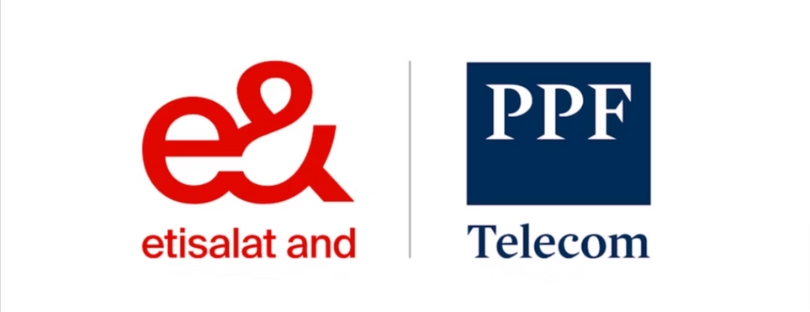
GSMA expects 62 mn 5G connections in Latin America by 2025.
GSMA, a leading industry body for telecom operators and mobile network vendors, has released a report on 5G deployment in Latin America. latin america 5g
5G becomes a reality in Latin America. The service was launched in Brazil and Uruguay, and spectrum auctions are on the way in Chile, and expected by 2021 in Brazil and potentially Colombia and Dominican Republic. The latest GSMA report, ‘The Mobile Economy Latin America 2020”, forecasts 62 million 5G connections across the region by 2025, representing a near 10% adoption rate. By that same year, 4G will account for 67% of connections.
Key 5G capabilities, including higher speeds and ultra-low latency, can enable innovative solutions for enterprises seeking ways to boost productivity post-pandemic. These productivity gains will increase the positive impact mobile technologies and services already have on the region’s economy. In 2019, the mobile ecosystem generated 7% of GDP in Latin America – a contribution of USD 421 billion of economic value and around 1.4 million jobs.
Three key trends shaping the digital landscape
- 5G: the enterprise networks opportunity. There is a growing trend towards the deployment of private networks by enterprises in sectors such as manufacturing, mining and, utilities. Operators are looking to address the needs of these enterprises with simple, out-of-the-box solutions, capturing early movers in Industry 4.0.
- IoT: a local focus. The IoT market in Latin America will reach 1.2 billion connections by 2025, driven by growth in the enterprise segment, mainly for smart manufacturing and smart building solutions. Operators are deploying IoT solutions in the auto, telematics and bioenergy industries and, cities such as Buenos Aires, Santiago, Medellin and Sao Paulo are implementing smart city initiatives.
- The rise of fintech. Smartphone adoption in Latin America will reach 72% in 2020 and 80% by 2025. This landscape, together with other factors such as low banking penetration rates, has led to the rise of numerous fintech firms in the region. Besides providing the connectivity that underpins many fintech solutions, operators are also exploring ways to leverage critical network and distribution assets to capture more value in the fintech space, and contemplating direct investment opportunities in fintech companies.
Digital inclusion and setting the stage for 5G latin america 5g
Around 93% of the population is covered by a mobile broadband network, reflecting operators’ investments over the last decade. However, approximately 38% of the population covered but not yet using mobile internet face barriers other than coverage. This usage gap reveals the importance of working on comprehensive public policies for digital inclusion, especially in the wake of the unprecedented demand for connectivity resulting from the pandemic.
The report highlights a series of policy recommendations for the digital transformation of Latin America, including:
- Removing legacy regulation and encouraging regulatory simplification.
- Fostering dialogue between Congress, regulatory authorities, sectoral policymakers, and the private sector to create consistent national digital agendas.
- Building a fiscal policy that encourages investments and the affordability of services and devices.
- Planning long-term spectrum policies, focusing on digital inclusion and innovation rather than revenue maximization.
The report underscores the importance of the region’s first 5G spectrum auctions. Ensuring timely access to the right amount and type of spectrum, at prices that do not discourage investments, is key for success. Regulators should aim to make available 80–100 MHz of contiguous spectrum per operator in prime 5G mid bands (e.g. 3.5 GHz) and around 1 GHz per operator in high bands (e.g. 26 GHz). Lower bands (e.g. 600 MHz) are also key to set the stage for 5G to reach more people, due to their greater coverage capabilities.
By 2025, smartphone adoption will rise above 80% in six markets in the region
Smartphones as a percentage of connections (excluding licensed cellular IoT)
‘The Mobile Economy Latin America 2020” has been published to coincide with GSMA Thrive Latin America, a virtual event on 1-3 December that brings together Latin America’s policymakers, digital leaders and, innovators to uncover the opportunities of emerging next-generation technologies and inspire thought leadership to solve the challenges of realizing a truly connected world. Topics to be discussed include IoT, cybersecurity and, leadership for connectivity. latin america 5g









